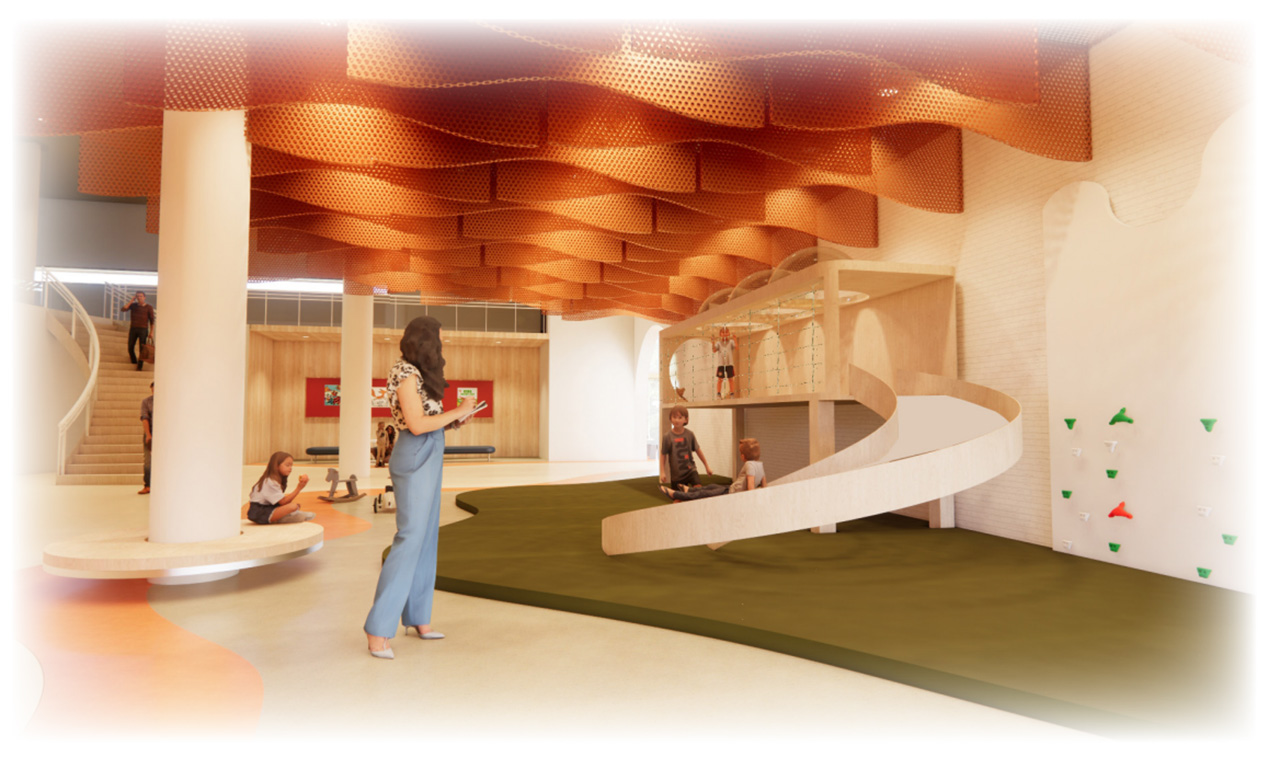How can we design a preschool that encourages children to engage deeply with natural environments through year-round outdoor and indoor activities, fostering experiential learning and environmental education?
Sustainability is a global issue that requires collaborative efforts. Environmental values and attitudes are shaped in adults by early exposure to nature. During the COVID-19 pandemic, remote learning increased the attention to nature-based learning from families and the press (Prochner, 2021).
Although many early childhood education approaches for the age group of 3-5 years recognize the importance of holistic development and focus on tailoring the learning experience to the developmental stage of young children, few emphasize the importance of integrating nature as one of the learning tools. Nature-deficit disorder in children means that children spend less time outdoors and in nature than in the past, leading to many behavioral problems (Louv, 2008). Studies have shown the importance of biophilic design on humans, which can be applied to educational centers. The term Biophilic design is inspired by Wilson’s “Biophilia Hypothesis,” in which he suggests that humans are genetically attracted to nature and need a connection with it in order to survive and enhance their emotional and physical well-being (Ungar, 2005).
Therefore, designing an early childhood education space that emphasizes nature can benefit children and the local community by raising awareness of environmental issues among children, allowing them to interact with nature indoors and outdoors throughout the day, and focusing on enhancing their emotional and physical well-being.
I am an interior designer and a mother of a six-year-old son who loves nature; like many parents, it is necessary for me to find the best education methods that resonate with our family’s values and foster a deep connection with nature. By researching current early childhood education approaches that emphasize connecting children to nature I will explore the impacts of designing a nature-based preschool on children’s physical and psychological well-being.
This research will address the following question: How can we design a preschool that encourages children to engage deeply with natural environments through year-round outdoor and indoor activities, fostering experiential learning and environmental education?


